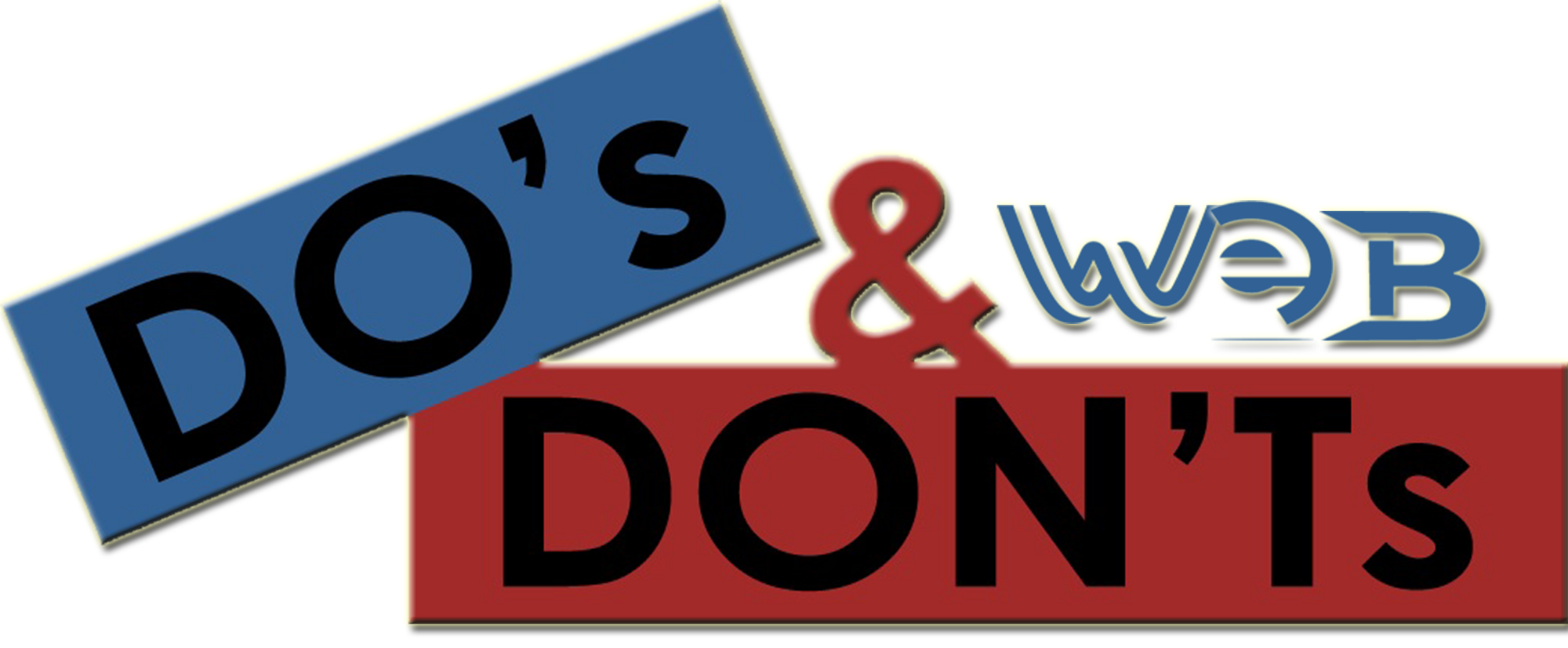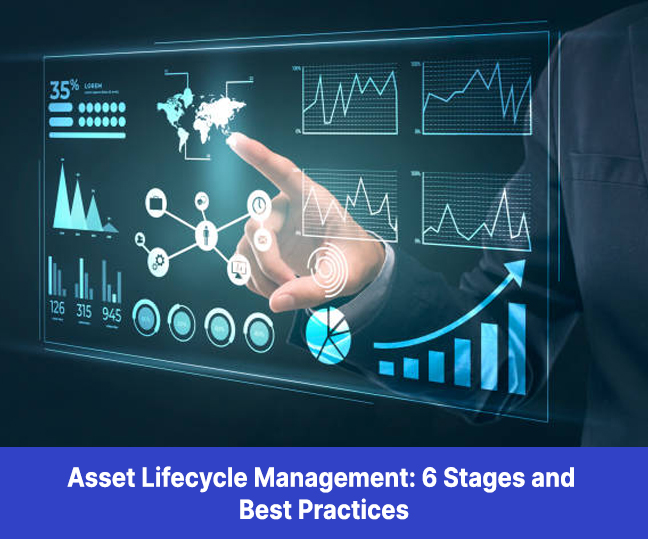Return on investment is an important key performance indicator that governs the actual success of your investments. To optimize the ROI from your digital assets, it is important to track and manage them throughout their life cycle.
Software asset management tools are important to improve the cost-effectiveness and efficiency of your organizational assets. Proper IT asset management can result in 30{ad14a84bfdbfbe4439aed2bfc2fac9703fddcdce44edaeadf45089f013372a53} cost savings in the first year itself.
In this blog, we shall learn about the top benefits and best practices that you should adopt for asset lifecycle management in your business.
Benefits of Asset Lifecycle Management
Top 3 benefits of asset lifecycle management
1. Enhancement of IT services
Right from the time of calculating suitable acquisition costs to predicting maintenance and update schedules, IT asset lifecycle management covers everything.
This ultimately results in reducing depreciation of assets that allows you to render better IT services through them.
2. Increased Supply Chain Efficiency
Asset Lifecycle Management takes care of every aspect of your asset right from its cost of ownership, frequency of maintenance, safety and compliance requirements, etc.
This helps in keeping the asset running for the maximum possible time. Eventually, by preventing asset failure, the process reduces the chances of supply chain disruption.
3. Minimization of Catastrophic Downtime
Asset lifecycle management leverages the benefits of artificial intelligence and Machine Learning. This facilitates the planning of predictive maintenance schedules for equipment of different varieties.
Predictive maintenance helps businesses keep downtimes at bay, otherwise hamper productivity at a large scale.
The Five Stages of Asset Lifecycle Management
Following are the five stages of asset lifecycle management
1. Planning
Making the case to acquire a new asset involves the planning phase of asset lifecycle management. During the planning phase, technical aspects and the acquisition cost are reviewed, along with brainstorming on replacing outdated equipment, increasing the efficiency of existing assets, and scaling operations with new assets.
2. Procurement or Acquisition
Procurement/acquisition of assets involves looking for the most affordable supplier to buy assets. It also ensures that the low cost of the asset does not compromise its quality; otherwise it will result in frequent repairs and impact your project completion. Apart from this, asset acquisition also looks into the exact requirements of the asset being delivered or not.
3. Deployment or Installation
Deployment/installation of assets is all about delivering the product to the organization while explaining the key information about its operation to the employees and their counterparts. It involves training the operators (employees) to use the asset — its functionality, working, limitations and constraints, associated risks, safety measures, etc, are all part of it.
4. Operation and Maintenance
This is a prolonged and ongoing phase where assets are monitored while they are in use. A fixed asset monitoring software helps with that. The performance is analyzed, and suitable maintenance tasks are initiated to keep the asset running for longer. Creating maintenance schedules and performing emergency repairs are also done at this stage.
5. Disposal
Managers must assess and evaluate when an asset becomes obsolete and redundant for the company. These assets need to be decommissioned and disposed of so that the best alternative can be brought in within the right time frame. Hardware inventory management professionals are also responsiblefor getting the best deal for decommissioned assets. Some special second-hand markets and dealers purchase these items for repair and recycling.
Why Asset Life Cycle Management Is Important
Businesses use expensive machinery, all of which is bound to depreciate with time. Firstly, if the acquisition of assets is not purposeful, the investment will not reap the ideal benefits at all.
Secondly, if the maintenance is improper, the value depreciation occurs much faster than usual. Both these are unfavorable circumstances for business growth and development. Hence, proper focus on asset lifecycle management is crucial to prevent loss.
Best Practices for Asset lifecycle Management
Here are four best practices for asset lifecycle management.
1. Identify Complete Inventory
Make a list of all your inventory — be it in use in your office or spare. It will help you know what assets you own to date. Now, compare this list with your stored inventory. Map each item against the stored one to ensure you actually have what your stored inventory mentions. If not, at least you will know what is missing, and you can find them easily.
2. Continuous Tracking
Tracking your assets constantly will help you stay updated on their status, prevent their theft, and ensure regular maintenance. It is not something you can do casually because if you do so, you may end up losing your most important assets without being informed about the same.
3. License Management
It is important that you have all your assets with their latest licenses updated. If you don’t have your assets with current licenses, get them renewed at the earliest. Besides, if you find any assets that are missing their current licenses or do not have any, get it prepared without delay and take care of the fines.
4. Automate and Outsource
Automating certain asset management tasks can help you increase your productivity while reducing the chances of errors. Consider automating repetitive or mundane tasks. You can also outsource your entire asset management process if you don’t have enough manpower to execute it internally.
Summing Up
Financial discipline has always been instrumental in business growth. You just cannot do without purchasing adequate assets for your daily operations.
However, suppose you manage every aspect of your asset, right from its cost of acquisition to its maintenance, and even its disposal. In that case, you will extract the maximum benefits out of every purchase.
Infraon delivers the most comprehensive Asset Management Solution for businesses. By using and providing BI insights, giving alternatives to VPN, and covering everything from requisitions, replacements, and retirement, Infraon manages assets in the best possible way.


